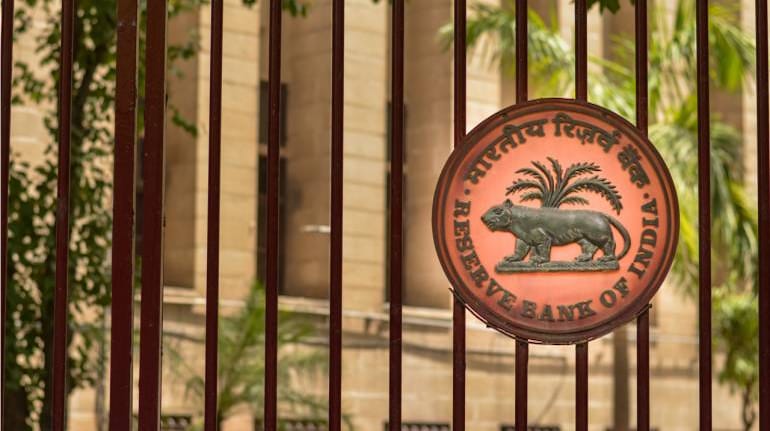



The final Monetary Policy Committee (MPC) meeting of the Reserve Bank of India (RBI) for FY23 started on February 6 and will end on February 8. The MPC has raised rates by 225 bps since April 2022 and the overnight rates have moved up by around 300 bps. Post the December 2022 MPC meeting, FOMC has hiked rates by 50 bps in December 2022 and 25 bps in February 2023. FOMC has also dialled down on the quantum of rate hikes from 75 bps in November 2022 to 25 bps in February 2023.
Since the December 2022 policy, we had two lower inflation readings for the month of November 2022 and December 2022 at 5.9 percent and 5.7 percent, aided by a fall in food prices. With two consecutive months of a sub-6 percent headline print, the headline CPI inflation averaged 6.1 percent in the third quarter of FY2023, significantly below the MPC’s projections of 6.6 percent for that quarter. However, core inflation remained sticky at around 6 percent.
While domestic demand is expected to remain strong, a deepening of the external slowdown and a continued decline in merchandise exports will act as a drag on GDP growth during the coming year. FY24 growth is likely to be lower in the band of 5.75-6 percent, as against 7 percent for FY23 and lower than the 6.5 percent projected by the Economic Survey.
The RBI had projected H1 FY24 inflation at 5.20 percent. Given the recent drop in inflation numbers, H1 FY24 inflation is likely to be in the band of 4.50-4.75 percent and the average inflation forecast for FY24 is in the band of 5-5.25 percent. Core inflation is estimated to moderate going ahead in the band of 5.25-5.50 percent in FY24 along with moderation in growth momentum.
In the recently presented Union Budget 2023, the Government of India (GoI) reduced the fiscal deficit to 5.9 percent of GDP for FY24 from 6.4 percent of GDP in FY23, despite hiking its capex by a massive 37 percent to Rs 10 lakh crore, with higher allocation for roads, railways and the interest-free capex loan for the states. Higher capital expenditure aids in boosting productivity and lowering inflation over the medium term.
We recently got the US job data for January 2023 released. The strong jobs data led to an increase in terminal fed fund rate expectation in the US from 4.75-5 percent to 5-5.25 percent and the expectation/quantum of any rate cuts in the US in
CY2023 got pushed/reduced.
Based on H1 FY24 forward-looking inflation of 4.75 percent and the current repo rate of 6.25 percent, a real policy rate of 1.5 percent is implied. Given weaker growth expectations for FY24 and lags in monetary policy transmission, there is no real pressing need for a rate hike in the February 2023 MPC meeting.
Given the narrowing interest rate differential between the policy rates and sticky core inflation, even though we see no real case for a rate hike, MPC may do an insurance hike of 25 bps in February 2023. We also expect MPC to change the Monetary policy stance to 'neutral'.
Disclaimer: The views and investment tips expressed by investment experts on Moneycontrol.com are their own and not those of the website or its management. Moneycontrol.com advises users to check with certified experts before taking any investment decisions.Discover the latest Business News, Sensex, and Nifty updates. Obtain Personal Finance insights, tax queries, and expert opinions on Moneycontrol or download the Moneycontrol App to stay updated!
Find the best of Al News in one place, specially curated for you every weekend.
Stay on top of the latest tech trends and biggest startup news.